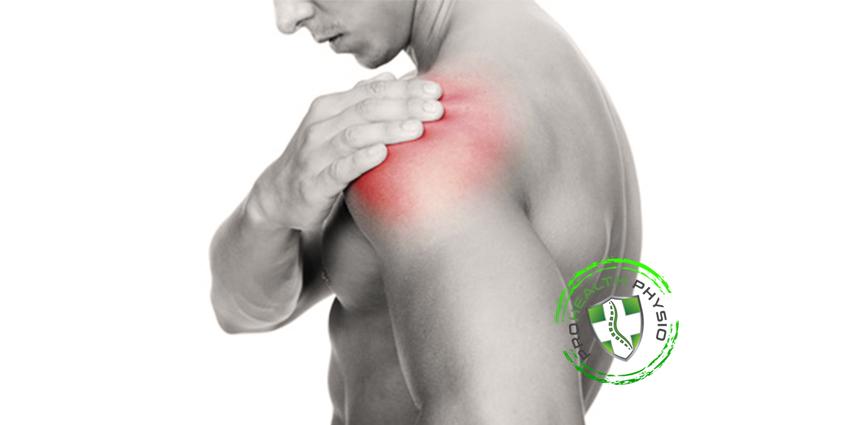A rotator cuff tear can be a frustrating and painful setback, especially if it limits your ability to work, exercise, or enjoy daily activities. At PROHEALTH PHYSIO & FITNESS, we specialise in helping clients recover from shoulder injuries with a comprehensive, evidence-based approach that combines Physiotherapy and Exercise Physiology.
Understanding Rotator Cuff Tears
The rotator cuff is a group of four muscles and tendons that stabilize the shoulder and allow for a wide range of motion. Tears can occur due to:
- Acute trauma (e.g., falls or heavy lifting)
- Degenerative wear and tear over time
- Repetitive overhead movements common in sports or manual labor
Symptoms often include:
- Shoulder pain, especially at night
- Weakness when lifting or rotating the arm
- Limited range of motion
- Clicking or popping sounds
What Happens After Diagnosis?
Once diagnosed, either through clinical assessment or imaging like ultrasound or MRI, your next steps depend on the severity of the tear and your lifestyle goals.
At PROHEALTH, we begin with a personalised assessment to determine the best course of action. Treatment may include:
- Physiotherapy for pain relief, inflammation control, and restoring mobility
- Exercise Physiology to rebuild strength, improve shoulder stability, and prevent future injury
Non-Surgical vs Surgical Options
Most rotator cuff tears can be managed non-surgically, especially partial tears or those in less active individuals. Our team focuses on:
- Manual therapy and dry needling
- Targeted strengthening exercises
- Postural correction and movement retraining
For full-thickness tears or cases where conservative treatment fails, surgery may be recommended. In such cases, our team provides prehab (pre-surgery conditioning) and post-op rehab to ensure optimal recovery.
Your Recovery Timeline
Recovery varies depending on the type of tear and treatment approach:
- Mild tears: 6–12 weeks of rehab
- Post-surgical recovery: 4–6 months, with progressive loading
Our Exercise Physiologists play a key role in the later stages of rehab, helping you transition from basic movement to full functional strength, whether that’s returning to sport, work, or daily life.
Why Choose PROHEALTH PHYSIO & FITNESS?
- Integrated care from both Physiotherapists and Exercise Physiologists
- Tailored programs for every stage of recovery
- Evidence-based techniques for faster, safer healing
- Supportive environment focused on long-term wellness
Don’t let shoulder pain hold you back.
Book your assessment today at PROHEALTH PHYSIO & FITNESS and take the first step toward a stronger, pain-free future.
Source: PROHEALTH PHYSIO & FITNESS
Title: Rotator Cuff Tear
Read time: 7 mins

